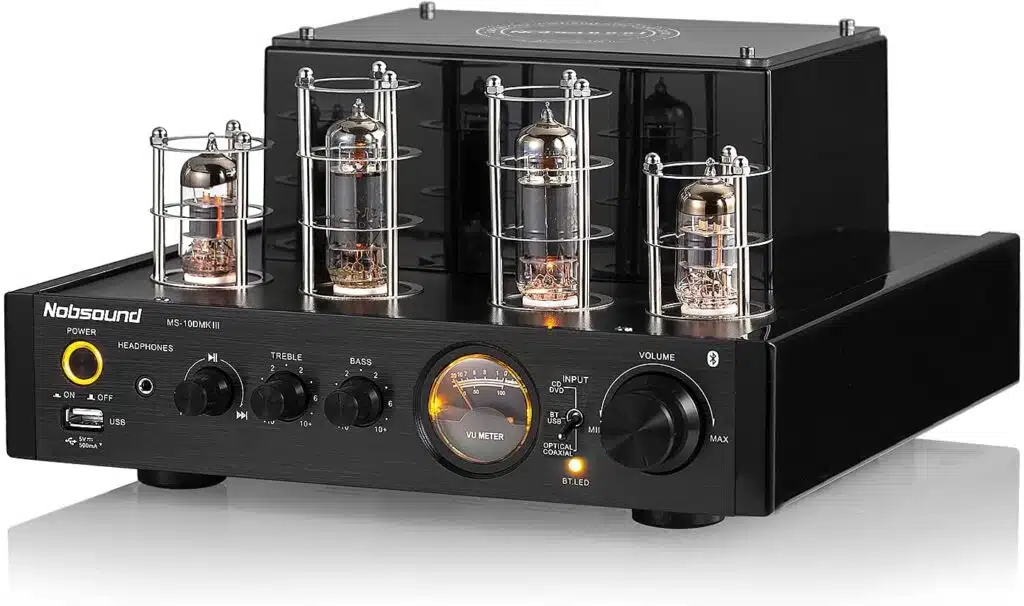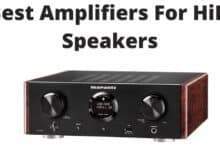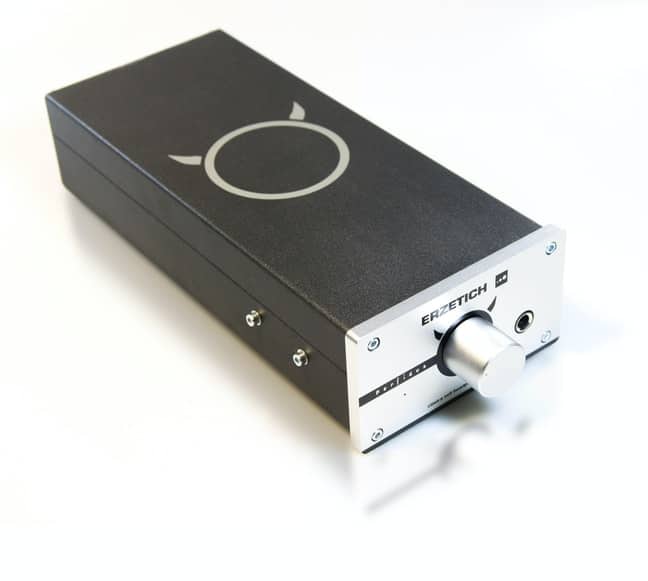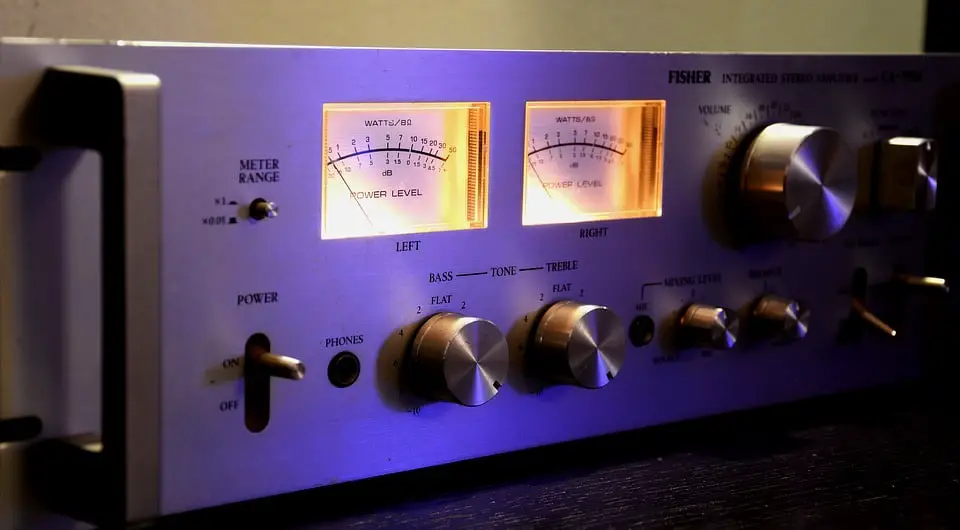Welcome to this post where over talking about how to repair tube amplifiers and it’s for those with already existing knowledge or newbies at the same time.
Firstly let’s paint the scenario for you; when you plug your electric guitar into an amplifier most times you’re not looking for a crystalline sound even when you don’t add any tonal coloration.
What you are expecting is exactly what comes out from an amplifier in a high-end headphone or even an amplifier in a home stereo.
So the amp intends to give it a tonal coloration but the best amplifier that does this is a tube amplifier.
Most musicians make use of solid-state amplifiers because they shy away from using the awesome things that come out of tube amplifiers.
This is not a bad thing at all because a solid-state amplifier also sounds great and it depends on the preference for any musician.
Another contributor to this factor is that there are visible downsides through the use of tube amplifiers which makes prospective users hesitate when they think of it.
But these downsides are not really much of a deal-breaker as people think they would be.
That aside this post primarily focuses on how to repair your tube amplifier if you have one or you are intending to get one for yourself.
Table of Contents
What Is A Tube Amplifier?
it is very important to understand what tube amplifier is all about before we proceed, tube amplifiers are the kind of amplifiers that use valves of vacuum tubes to amplify the signals they receive from the electricity that is being produced by a musical instrument.
Forward electric basses and guitars, those electric signals are produced by the electromagnetic variety of pickups.
The signals go through preamps tubes and later connect from the amplifier’s power tubes before they exist the speaker through the amp.
Types Of Power Amp Tubes In A Tube Amplifier
Tube amplifiers are characterized by the kind of power amp tubes that is used. The invention of vacuum tubes was not mainly done because of musical amplifiers.
Vacuum tubes were originally for 20th-century electronic devices though it has been discovered that some models generate more musical sounds than the rest.
However, these are popular models of power amp tubes.
EL84 – Another “British” tube that may be found in amps from the United States, Japan, and perhaps even China.
The EL84 is a popular Class A amplifier that drives the Vox AC30 (The Edge, think Brian May, and Peter Buck). When their volume is pushed, they distort easily and provide a creamy saturation—albeit one that is a little treble-focused.
6V6. – Another “American” sounding tube that is related to the 6L6. Because a 6V6 distorts or “breaks up” at lower decibels than a 6L6, it’s popular with lead guitarists who play single notes high on the neck.
On the other hand, they generate less precise bass tones at high volumes as compared to the 6L6.
As a result, while they’re great for blues, old rock, and country, they’re not ideal for hard metal riffing.
EL34. – The EL34 is the classic “British” power tube, while the 6L6 is the classic “American” power tube.
This is due to its strong ties to Marshall and Orange, two British amplifier firms. But it’s not just British musicians like Jimmy Page who use EL34s to acquire their sound.
Slash and Angus Young, both from the United States, are known for their Marshall amps and the EL34s that power them.
According to testimonials on most of these steps or procedures that have been listed in this post, I have enabled them successfully repair their tube amps even without needing any professional guidance because the post is self-explanatory and we hope it serves the same purpose for you.
Follow the steps before carefully fixing your tube amps without paying a dime to anybody, yes it’s a DIY process.
Categories of Tube Amplifier
There are two types of tube amplifiers for guitar: Class A and Class AB. A Vox AC30 is the prototypical Class A amplifier, while the most well-known Marshall, Fender, and Boogie/ Mesa amps are Class AB.
How To Repair Tube Amplifiers (Full procedure):-
Here, we are examining several procedures that will lead to you easily repairing your tube amplifier. Follow the steps accordingly to achieve your goal which is to fix your amplifier.
- Properly clean the amp chassis of any accumulated cobwebs, dust, and dead insects, etc.
- With electronic grade contact cleaner (“safe with most plastics” kind), clean all pots, RCA terminals, valve sockets, switches, and speaker terminals.
- Connect the speakers and gradually turn on the bulb variac.
- Directly connect to mains and examine if the chassis is live if the high-wattage bulb does not light up or is dim. This test should be performed with one DMM probe on the chassis and the other on the wall outlet’s earth.
- Capacitors and resistors should be replaced. I’m looking for recommendations on the best caps and resistors to use.
- Check the voltages on the valve pins as well as the bias. I understand that the heater should only use ac current, but how about the anode?
- Hopefully, the amp will now work properly and be prepared for minor adjustments such as replacing the pilot bulb with an LED, adding an in-rush current limiter, delaying the start, and adding separate bias knobs to each tube.
The Best Power Amp Tubes To Buy Now
- Willsenton R8 KT88/EL34 Tube Power Amplifier
- Nobsound MS-10D MKIII Tube Power Amplifier
- MUZISHARE X7 KT88 x4 Tube Amp Power Amplifier
- INFI Audio Hybrid Class AB Tube Amplifier Power
- Nobsound 6P1 6.8W x 2 Vacuum Tube Power Amplifier
Conclusion
Thank you for taking your time to read this article in discovering how to repair your tube amps easily.
The steps listed above are clearly explanatory and will be easy for you to implement. We hope you make good use of it to properly fix your tube amplifiers for your audio system.





